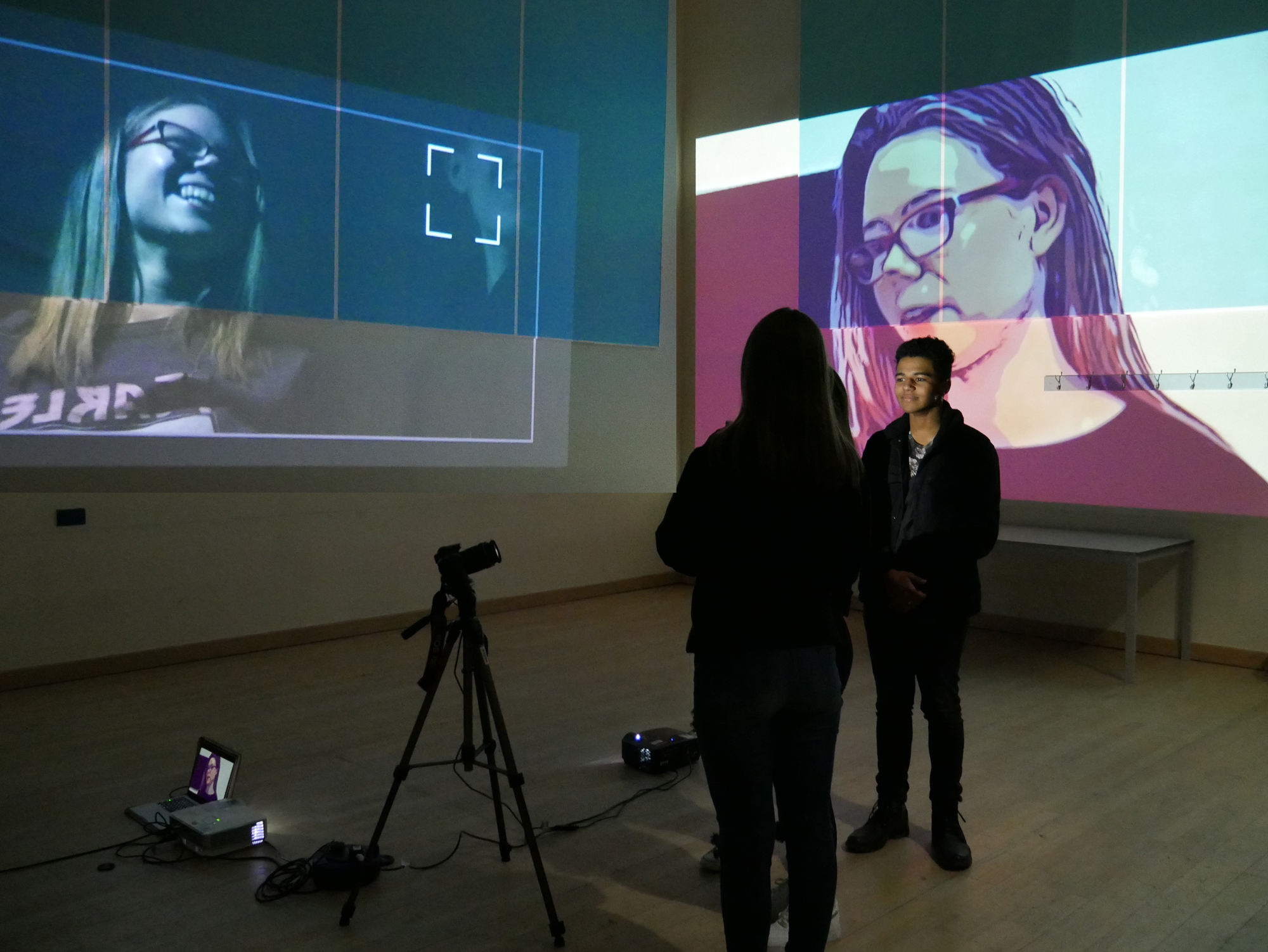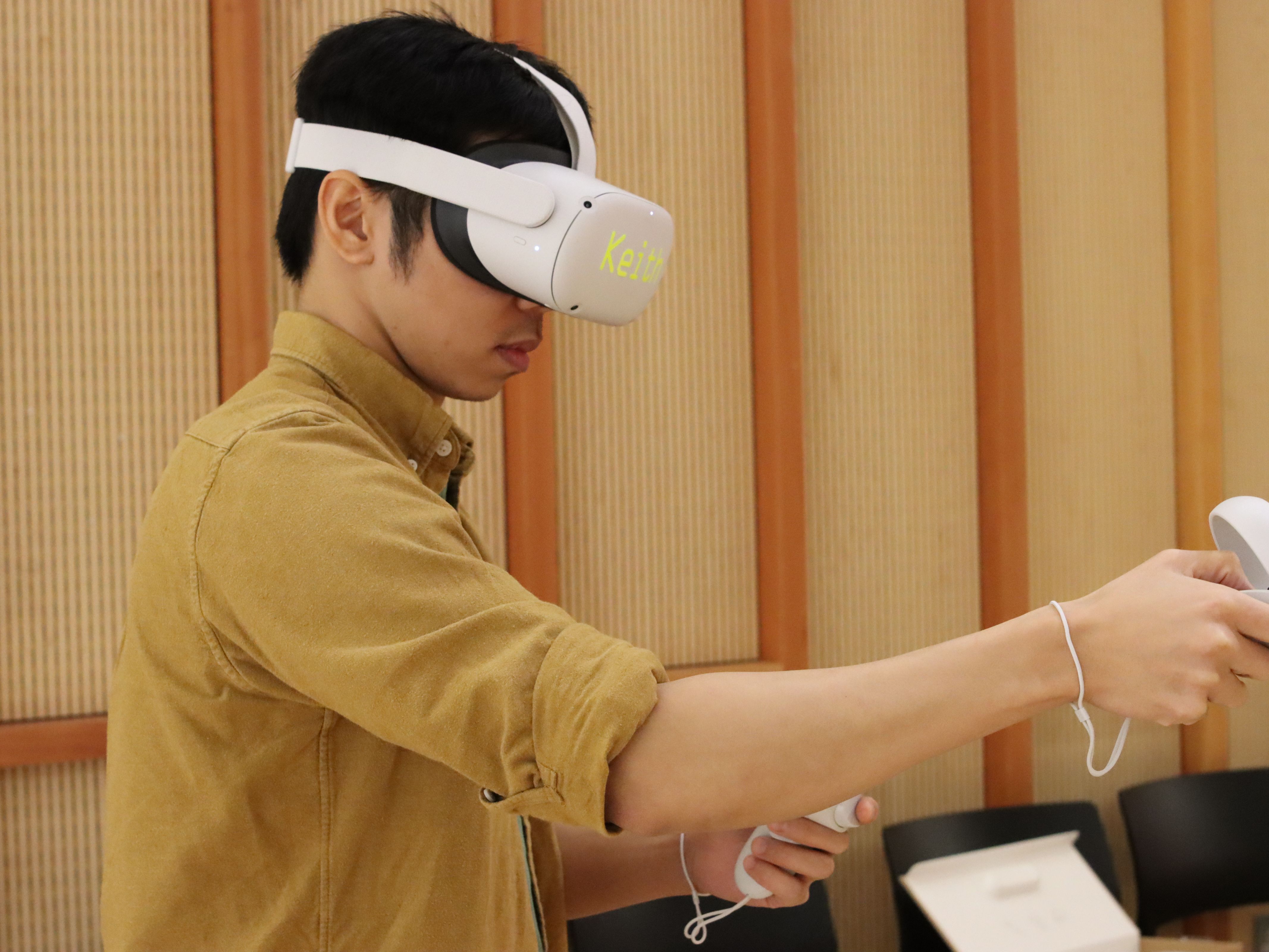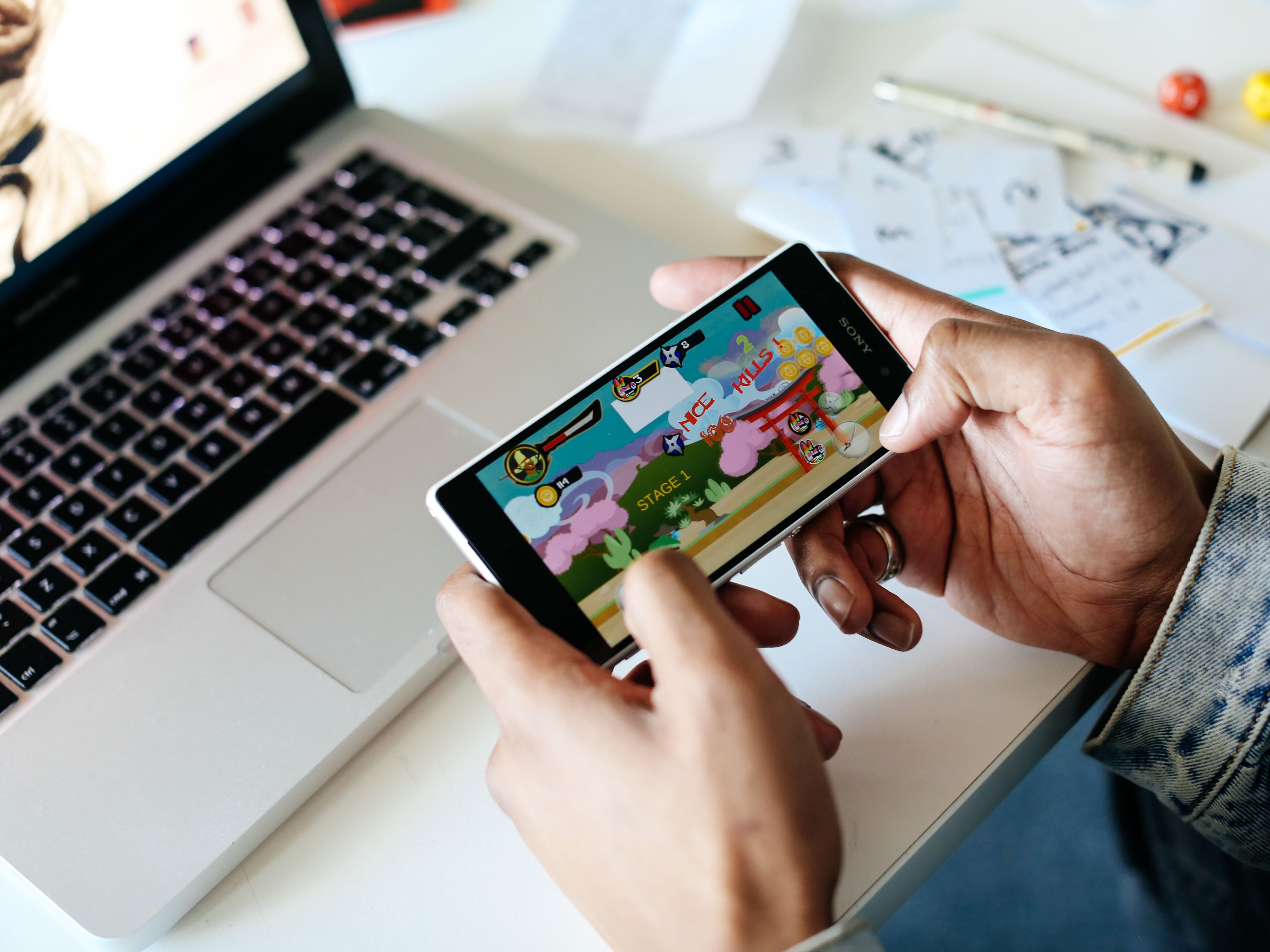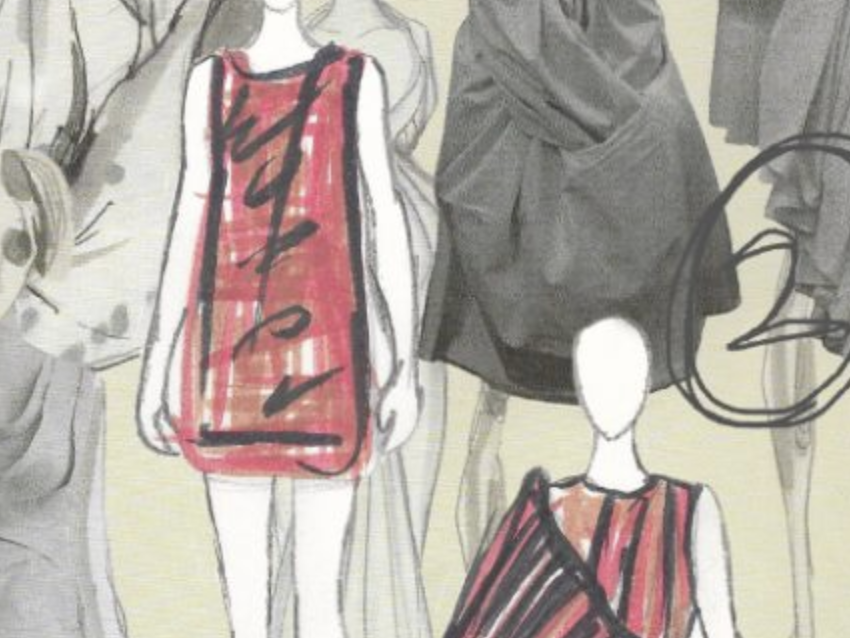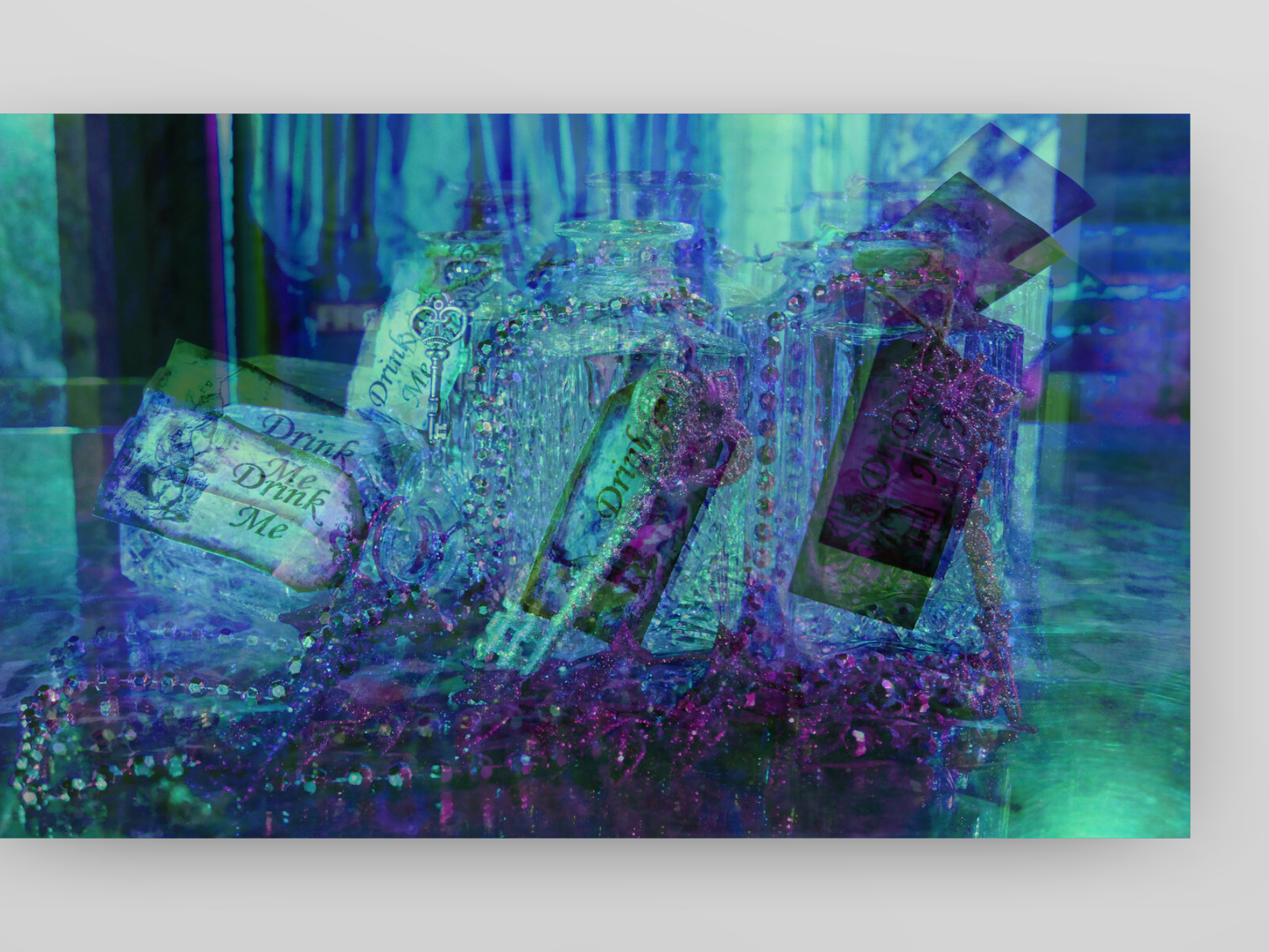In preparation for our upcoming Continuing Professional Development (CPD) events, we asked our facilitator, Stacie Lee Bennett-Worth, to tell us about the inspiration for the workshops and the concept of a makerspace. She’s written some inspiring words on the importance of tutors incorporating digital technologies in creative teaching and the benefits of sharing ideas on this topic in a makerspace environment. Read her story below.
We’re very excited to present these two Digital Play CPD events this November. In Digital Play: Performing Arts and Digital Play: Creative Arts, Stacie will offer comprehensive and creative insights into digital tools to help you transform your creative teaching. As the use of digital technologies becomes increasingly important in today's online world, there has never been a better time to make the most of these tools and elevate the teaching and learning experience for you and your students. Find out more and book below.
Please note: these are two separate events. Digital Play: Performing Arts is specifically for those delivering performing arts qualifications and Digital Play: Creative Arts is for all tutors delivering creative subjects.
What is a makerspace?
As an artist-researcher, I feel at my most alive and inspired when I am making things. Whether that be in a studio collaborating with others, sharing ideas and basking in that unmistakable electric energy of a trans-disciplinary creative process, or more realistically in recent months, when I am experimenting with a new idea on my own and working a new concept through to fruition. I enjoy all of it; the challenges, the failings, the happy accidents and the finding your way through. This notion of iteration in creativity and learning through experimentation is something that I continue to explore in my own artistic practice as well as my work as a practitioner.
The idea of the makerspace is something that has long captured my interest as a concept for encouraging this type of approach to creative thinking. While the makerspace is often discussed in relation to STEM subject areas, it is becoming increasingly popular within broader settings, such as educational institutions, libraries, community centres and even business start-ups. Celebrated as a collaborative physical space for people to gain critical 21st century skills, makerspaces foreground hands-on tinkering, learning through iteration and imagining new possibilities by experimenting with different tools for making. This could be anything from new and emerging technologies such as 3D-printers and laser-cutters, or more analogue approaches of making with cardboard, scissors and a glue gun. The makerspace doesn’t place one specific tool or idea in higher rank than another. It is the ethos of play, experimentation and trying things out through making that is the most important element of the concept.
How and why should you apply the makerspace concept to creative teaching?
As mentioned in my previous blog, my PhD study focuses on encouraging digital creativity in performing arts education through performance making. The concept of the makerspace as an approach is something that I have explored as a way to help create an inclusive and adaptable framework for all types of creative learning. I explored what it would be like to run a workshop like a makerspace for performers, bringing tools such as cameras, projectors, audio recording devices and a selection of props to the studio environment. Although the performers in the space were more used to exploring tools such as movement and voice work, this meant they could also explore digitals tools in their devising.
Before adopting the makerspace concept, I initially introduced students to the possibility of making an unfamiliar theatre aesthetic by asking them to explore tasks with specific digital tools. What I realised through my research, however, was that this approach was limiting their ability to freely explore the digital tools and follow their own curiosity. I also found that this approach didn’t support new or innovative ideas as the tasks I offered seemed to lead to a select few creative outcomes. However, when the same tools and tasks were offered in a makerspace set-up, with the understanding that they could be used if desired but weren’t essential for creating ideas, the students began developing some really interesting work.
At post-16 level, students are often encouraged to choose specific routes through qualifications to offer them a focus and specialism within a craft. For example, performing arts students are often split into the acting cohort and the production cohort. While this can prove extremely useful in terms of outlining a future career path or to keep focus, these limitations can also close down a lot of opportunities that could potentially arise from interdisciplinary, collaborative learning experiences. Combining the two and exploring the use of digital in a makerspace environment can open up a series of possibilities for tutors and students.
What are the benefits of exploring digital tools creatively?
In early summer this year, I attended the Digital Pedagogy Lab 2020. The lab is an international conference event that usually takes place in Colorado but, due to COVID-19 restrictions, the whole event was transferred online. Allocating time to being together in the virtual space with shared goals and dedicating time to ‘make’ was really inspiring. Despite the fact that most of the other makers explored making in the physical sense, we still found ways to share our creations in the digital domain. Those who had created physical artworks or textile designs found new ways to share their work digitally through time-lapse video, photos and written/audio commentary. This online virtual version of the makerspace introduced me to a new way of exploring creativity. The space held the same values as that of a physical space but allowed me to consider what it might look like if my performance practice lived within the confines of a computer desktop, or how I might create something with someone from the other side of the globe using just my smartphone.
Throughout the course of my research, I have worked with young people to explore the creative possibilities of smartphone devices and low-cost or free computer software, encouraging them to think beyond the usual use of such tools and how they might enhance or support creative practice. Combining this approach with the ethos and values of the makerspace concept encourages more openness to play and experimentation while promoting confidence and less fear of failure. The makerspace celebrates the work-in-progress, the glitches and the ones that didn’t make the final cut, providing a hot-bed for learning and development along the way
